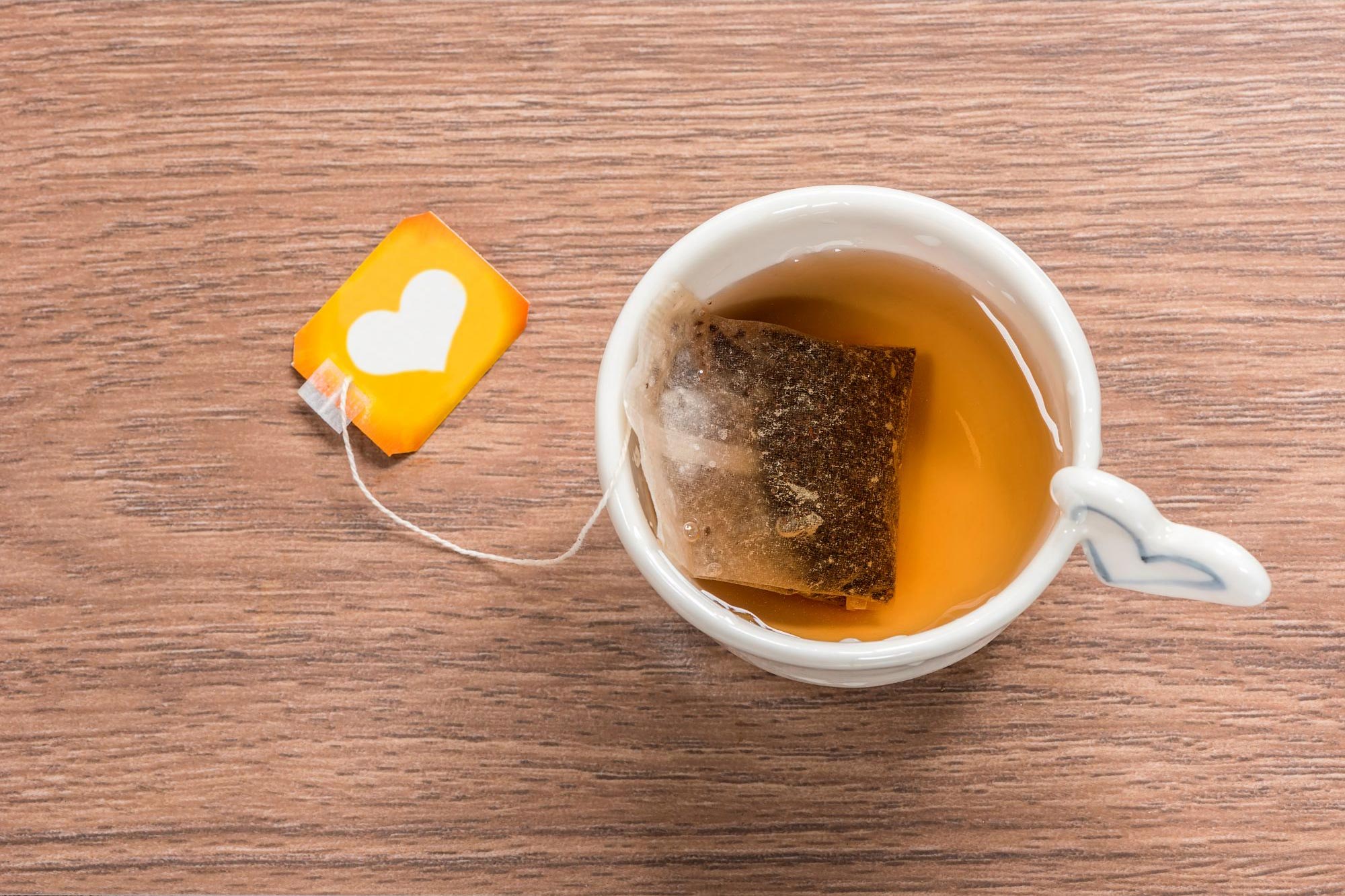A recent study by researchers at the Universitat Autonoma de Barcelona has uncovered alarming levels of microplastics in tea bags made from nylon, polypropylene, and cellulose. The study found that billions of microplastic particles are released into the tea during brewing, posing a significant risk to human health and the environment.
The Study’s Findings
The researchers analyzed tea bags from various commercial brands and discovered that:
- Polypropylene tea bags released approximately 1.2 billion particles per milliliter, with an average size of 136.7 nanometers.
- Cellulose tea bags emitted around 135 million particles per milliliter, with an average size of 244 nanometers.
- Nylon-6 tea bags released about 8.18 million particles per milliliter, with an average size of 138.4 nanometers.
Interactions with Human Cells
The study also explored the interactions between microplastics and human intestinal cells. The researchers found that the particles were absorbed by the cells, with some even entering the cell nucleus. This suggests a potential risk to human health, particularly with chronic exposure to microplastics.
The Need for Regulatory Action
The study’s findings emphasize the urgent need for stricter regulations on microplastic contamination in food packaging. The researchers call for standardized test methods to assess microplastic contamination and for policymakers to develop effective strategies to mitigate and minimize this contamination.
The Bigger Picture
The issue of microplastic contamination is not limited to tea bags. Plastic waste pollution is a critical environmental challenge that poses significant risks to human health and the environment. As the use of plastic in food packaging continues to increase, it is essential to address microplastic contamination to ensure food safety and protect public health.
References
- “Teabag-derived micro/nanoplastics (true-to-life MNPLs) as a surrogate for real-life exposure scenarios” by Gooya Banaei, Doaa Abass, Alireza Tavakolpournegari, Joan Martín-Pérez, Javier Gutiérrez, Guyu Peng, Thorsten Reemtsma, Ricard Marcos, Alba Hernández, and Alba García-Rodríguez, 16 November 2024, Chemosphere. DOI: 10.1016/j.chemosphere.2024.143736

















